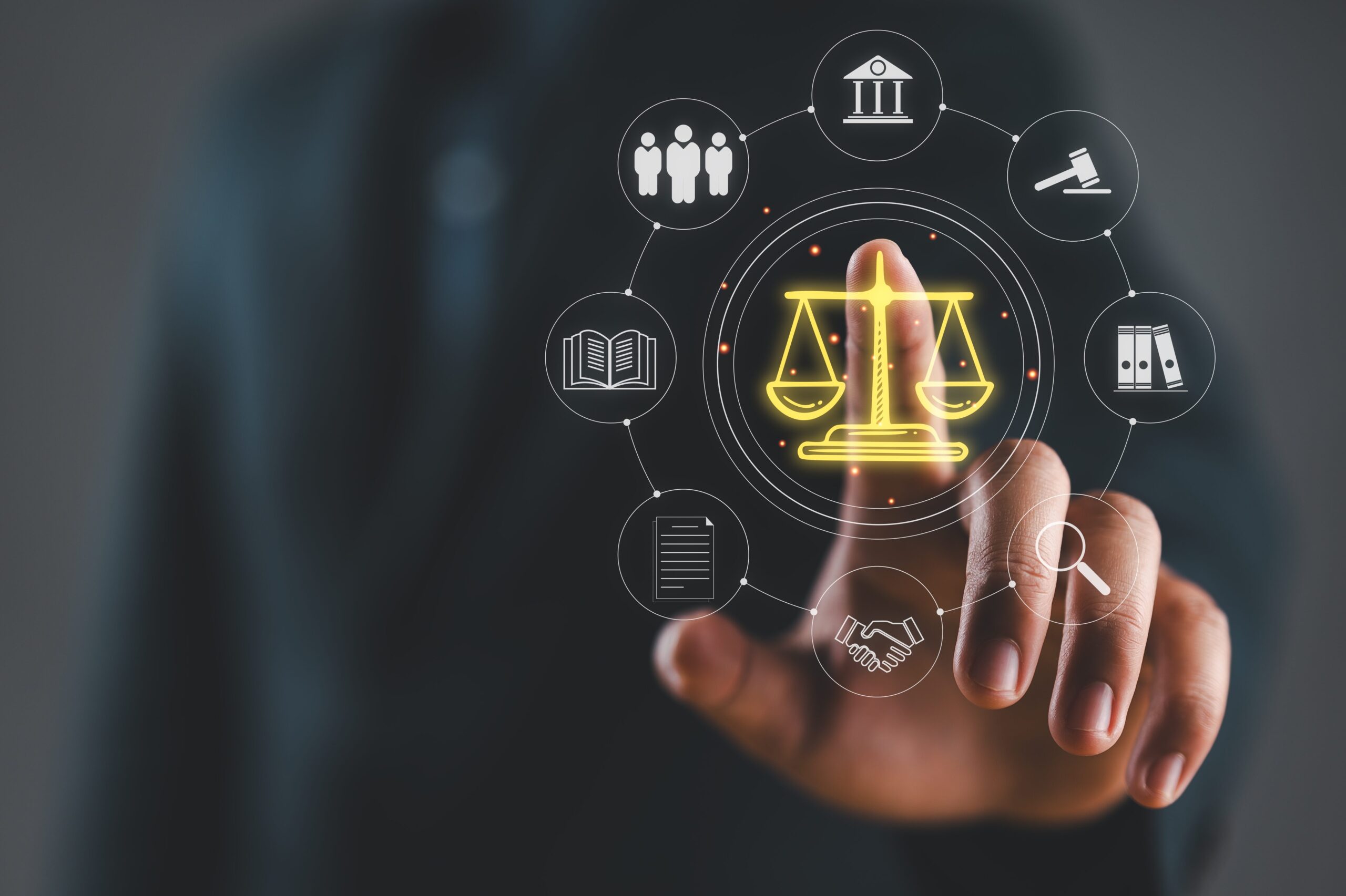Pat Wielinski has published an article in the October edition of Construction News magazine. In this article, Pat covers how modifications to commercial general liability (CGL) insurance policies, including Controlled Insurance Programs (CIPs), especially the deletion of limited property damage exclusions and replacement with broad course-of-construction exclusions, can create significant coverage gaps. He also examines recent case law and offers strategies to help mitigate these risks through careful policy and contract review.

Controlled Insurance Programs (“CIPs,” “wrap-ups” or simply “wraps”) are promoted as particularly well-suited for large construction projects where all eligible participants are insured under a single program. Theoretically, a wrap eliminates multiple carriers and duplicated coverages. For successful wrap treatment, the project must be of sufficient dollar value to be eligible, the sponsor must be capable of administering the wrap, and coverages must be adequate to apply to claims for the wrap to be effective. However, depending on the entity sponsoring the owner-controlled insurance program (“OCIP”) or a contractor in a contractor-controlled insurance program (“CCIP”), it is the insurer that effectively maintains ultimate control of the claims. But the potential for gaps in coverage has emerged as a disadvantage where property damage occurs during construction operations.
While most wrap-up CGL policies utilize similar exclusions to those found in standard CGL forms, they are endorsed to add provisions to adapt the policy to the wrap-up platform, such as by extending the completed operations coverage to the length of the statute of repose, including all tiers on the project as named insureds, limiting the insured location to a specific project or projects, and revising certain exclusions in the policy. Often, standard property damage exclusions may also be deleted altogether, but are usually then replaced with another or others.
One of the most troublesome CIP modifications to the customary CGL property damage exclusions is an endorsement that deletes Exclusions j(5) and j(6), the operations and incorrect work exclusions. Those standard exclusions apply to operations in progress, stating that the insurance does not apply to property damage to “that particular part” of real property on which the named insured or its subcontractors are performing operations, if the property damage arises out of those operations, or if the property must be restored, repaired, or replaced because the named insured’s work was incorrectly performed on it. The “that particular part” formulation is intended to preserve coverage for other property damaged by the excluded particular part.
One might be tempted to believe that the deletion of the standard j(5) and(6) exclusions is a win for the insured participants and that coverage would be increased by the deletion of exclusions. Not so fast! While these two provisions are framed as exclusions, many courts have relied on the “that particular part” formulation to narrowly interpret the exclusion scope and uphold coverage.
Unfortunately, the deletion of these property damage exclusions from the CGL form is usually accompanied by attachment of a considerably more onerous and absolute endorsement to the CIP CGL policy, stating that the insurance does not apply to property damage at or to the insured project during the course of construction or operations (i.e., before the substantial completion of the project). Gone is the “that particular part” limitation, and the modification is often made through a stand-alone endorsement that may be labeled in various ways, such as “Property Damage to Work in Progress,” “Course of Construction Endorsement,” “Property Damage to Contract Works,” or “Exclusion Damage to the Project During the Course of Construction.”
Insurance underwriters often refer to this type of provision as the “builder’s risk exclusion,” apparently on the assumption that builder’s risk insurance, rather than liability insurance, should provide coverage for property damage to the work that occurs during the course of construction. This overly simplistic approach ignores the fact that builder’s risk policies contain many gaps in coverage versus a standard CGL policy, particularly as to defective construction. The exclusion can thus create a significant gap for participants in a wrap-up project for property damage occurring during the course of operations, depending on their ability to coordinate and rely upon coverage within their own insurance policies. First and foremost, a builder’s risk policy is a first-party property policy that does not include a defense obligation for the insurer. Therefore, when the insured looks to the wrap-up CGL policy for defense of a claim involving property damage during construction, it may be excluded, and no defense is available under the CIP. In addition, builder’s risk coverage may not provide coverage for certain types of risks, such as consequential damages, certain soft costs, and faulty workmanship/design (absent an ensuing loss clause that preserves coverage for damage to other non-defective work caused by the defective work). Coverage for such damages may otherwise be covered under a CGL policy, but for a course of construction exclusion attached to a wrap-up.
The course of construction exclusion and its deletion of the broader j.(5) and j.(6) exclusions was touched on by the court in the recent case of Liberty Surplus Insurance Corp. v. Kaufman Lynn Construction, Inc., 130 F.4th 903 (11th Cir. 2025). Though decided under Florida law, the opinion is one of the first to do so and is of potential country-wide impact. The AGC and NAHB filed an amici curiae brief in that case in support of the insured contractor, calling the court’s attention to the incongruity of denying course of operations coverage under a wrap-up program. Their efforts caught the court’s attention in what it hinted to be an unfair “sleight of hand” by attaching a more onerous course of conduct endorsement to a wrap-up policy intended to provide coverage for everyone on the project. Unfortunately, the court decided not to address that issue because the builder’s risk policy was not included in the court record. The result in the Liberty Surplus v. Kaufman case seems somewhat less than ringing, but the court’s observations moved the needle slightly away from the inclusion of course of construction exclusions in wrap-up policies.
Negotiation to remove or limit course of conduct exclusions in CIP CGL policies is not usually a viable option, as underwriters are hesitant to do so. Of course, all terms of an insurance policy, particularly manuscripted provisions, should be carefully reviewed at issuance because departures from standard policy language can create more opportunity for possible denial by insurers in the claims stage. Nevertheless, the following might mitigate the negative effects of an absolute course of conduct exclusion (or prevent other gaps):
- During underwriting, submit a specification of the insured project that closely tracks the contract, particularly for completion.
- Link or incorporate the definition of “complete” or “completion” in the course of construction exclusion with the standard definition of the “products-completed operations hazard” in the CGL policy that deems completion to occur when the owner occupies a portion of the project.
- Negotiate a provision in the contract specifying that standard unendorsed CGL coverage must be included in the wrap-up and that failure to provide those coverages allows the contractor to purchase it at the owner’s expense or reimbursement by the owner for a denied claim, similar to AIA Document A201, Section 11.2.2, as to builder’s risk coverage.
- Amend the participant’s practice CGL policies to include difference in conditions (DIC) coverage to fill in the gaps in a wrap-up program.
About the Author
Pat Wielinski is a principal in the Dallas/Fort Worth office of Cokinos | Young, having founded the firm’s insurance coverage and risk management group. With over 40 years of experience, he advises clients on insurance coverage, contractual risk transfer, and complex construction-related claims, while serving as a leading voice in the industry through his publications, national presentations, and amicus work on behalf of major construction trade organizations such as the Associated General Contractors of America. For inquiries regarding Controlled Insurance Programs or related coverage challenges, Pat can be reached at (817) 635-3620 or pwielinski@cokinoslaw.com.
About Cokinos | Young
Cokinos | Young has led Texas construction and real estate law for over three decades. And today, our 100+ dedicated professionals operate coast to coast and proudly handle all aspects of construction law for owner/developers, project managers, general contractors, design professionals, subcontractors, sureties, and lenders. We provide both dispute resolution and transactional services to clients through all phases of commercial, industrial, pipeline, offshore, civil, and residential construction. Our reputation was built on relentless commitment to client service and the industries we serve, and that remains our primary driver. Dedicated. Resilient. Expertise. That’s Cokinos | Young. Learn more at cokinoslaw.com.


















Recent Comments